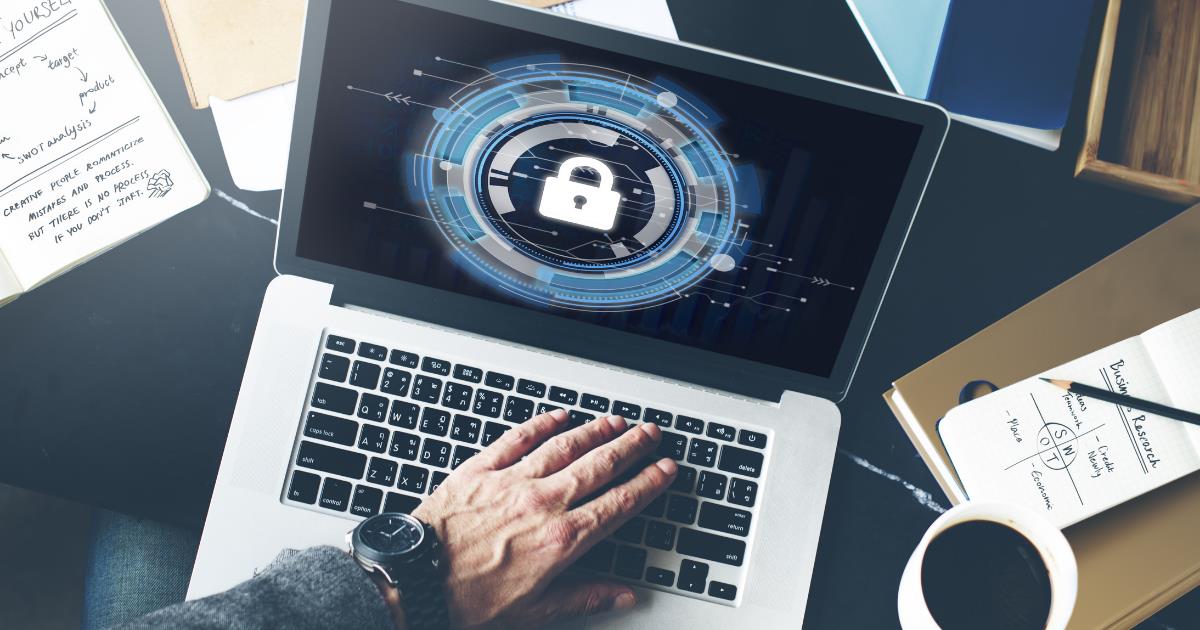Contact us today.
Our global experts are ready to help your business. Get in touch with one of our representatives today.
Send messageFrom children acting out to internet connections giving out, we all know the pains of working from home. Yet, according to the recently published second edition of Resetting Normal, workers across the globe overwhelmingly want a hybrid working model – even post-pandemic. At the same time, the pandemic exacerbated an already intense cyber-threat landscape, prompting the White House to consider strict new cybersecurity standards for private businesses.
The challenge for leaders is to build structures, technology, and resources that secure this new hybrid way of working. So are your systems primed for security while empowering your distributed workforce? Here's what you can do.

No IT technology stack is an island. For most businesses, there are massive interdependencies, from both a technology and a process perspective. As the world switched to remote working virtually overnight, security was an afterthought for many businesses, with quick-fix, patched-in solutions to fast-moving problems. Now, with people and teams accessing data from more points than ever, securing a hybrid workforce is even more challenging than securing a remote one. Often, we have a patchy picture of what's in our IT supply chain: from the bare metal servers and clouds (private and public) hosting our data to the videoconferencing systems keeping our teams connected. Yet, as most attacks originate on-premise, a robust cloud posture means better security. At Modis, our technology consultants can help you think strategically – and comprehensively. We look across your entire technology stack to build a proactive and business-enabling approach to risk and security.
Home networks and devices are now part of the corporate network, while people are increasingly using their work tech for everything from online banking to shopping. IT leaders must adapt fast by implementing new cybersecurity measures across their in-person and remote workforce. Essential steps include creating a VPN for remote workers, and auditing and patching all corporate devices. While employing automation can speed this process, working with a specialist consulting and talent sourcing partner can help you find the niche talent you need to perform these vital yet often still labor-intensive activities.
When a phishing email lands in your employee's inbox, a careless, split-second click can open the door to a major cyber-attack. Likewise, a swift decision to report it can buy you precious time to respond to the incident and close things down before the damage fans out across your network. And although there will always be a human element, there's a lot you can do to tip the balance either way. With existing teams increasingly overstretched, it's essential to build cybersecurity subcultures within your organization and actively train – and test – your people on an ongoing basis on avoiding security pitfalls.
Traditional thinking was that cybersecurity was a fortress of firewalls that kept bad actors out. But no matter how high your walls are, someone will always find a way over them. Essentially, zero trust assumes that hackers are already inside your network, and it's the IT department's job to ensure that they can do as little damage as possible. That means IT teams constantly monitoring, checking, and questioning log-ins. And as identity theft is becoming an ever-more pervasive threat vector, businesses – as an absolute minimum – should require multi-factor authentication.
According to Microsoft, there is an estimated shortfall of 3.5 million security professionals this year. At the same time, a diversity deficit in today’s cybersecurity community makes it prone to 'groupthink' and cognitive blind spots, which can be devastating when it comes to predicting attacks. (After all, cybercriminals don't all look the same or come from the same background.) Hybrid working has opened endless possibilities for cultivating diverse talent. Indeed, our research found that most office workers believe that hybrid working can create a more inclusive workforce, benefiting those with disabilities (75%), working parents (73%), and people from diverse backgrounds (69%). Progressive employers build teams that reflect many different viewpoints and worldviews. They mine non-traditional talent pools and work with innovative training partners to upskill or reskill existing talent in essential areas like cybersecurity.
At Modis, we harness smart technology to turn the art of the possible into market-ready solutions that keep our clients safe and 'set workforces free.'